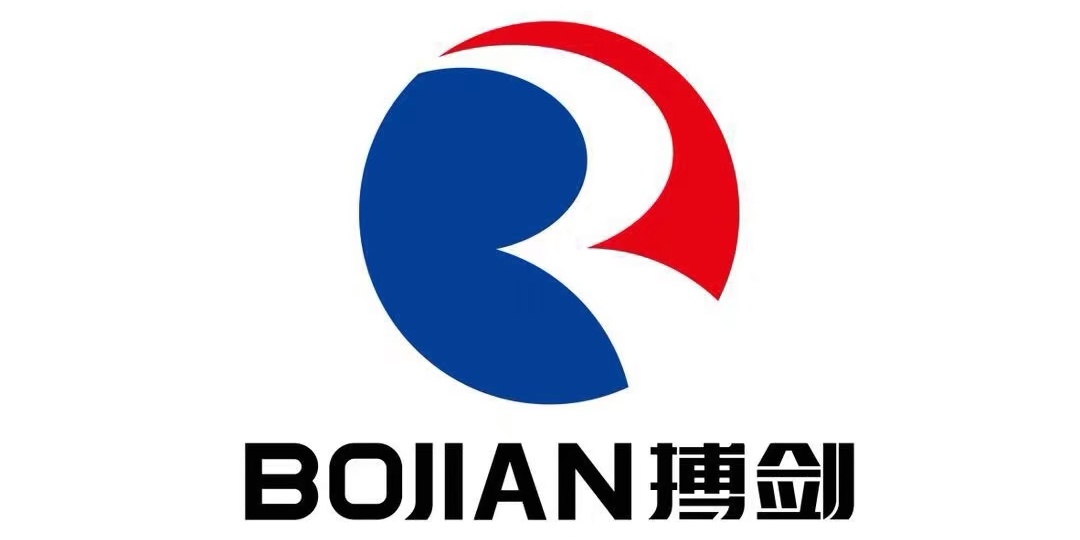As the global trade of automotive parts continues to grow, understanding OE (Original Equipment) numbers has become essential for foreign trade professionals, especially those dealing with Japanese and Korean vehicle parts. This article explains what OE numbers are, why they matter, and how to use them effectively in international sourcing and sales.
What Is an OE Number?
An OE number, also known as OEM number or original part number, is a unique identifier assigned by a vehicle manufacturer to each specific auto part used in the original assembly of the car.
For example:
-
43512-0K040 – Toyota Fortuner rear brake disc
-
58101-1GA00 – Kia Rio front brake pad
-
23390-0L010 – Toyota Hilux fuel filter
OE numbers help precisely identify and match replacement parts, whether for genuine or aftermarket use.
Why OE Numbers Matter in Auto Parts Trade
-
Accurate Fitment
OE numbers ensure the part matches the vehicle exactly, avoiding returns and installation issues. -
Efficient Sourcing
They help speed up communication between buyers and suppliers, avoiding confusion over part names or specifications. -
Professional Presentation
Including OE numbers in quotations or listings builds trust and shows technical competence. -
Cross-Reference Capability
OE numbers allow suppliers to find equivalent aftermarket parts quickly. -
Reduced Risk of Errors
With clear OE references, both buyers and sellers can minimize mismatches and delays.
How to Use OE Numbers Effectively
When placing inquiries or sourcing parts, always try to provide the OE number alongside vehicle details. For example:
“Front brake pads for Toyota Hilux Revo, 2018, 2.8L diesel, OE number: 04465-0K360.”
This makes it easier for suppliers to:
-
Identify the exact part
-
Offer matching products
-
Provide technical data and MOQ
-
Suggest related parts for cross-selling
Where to Find OE Numbers
You can obtain OE numbers from:
-
Manufacturer service manuals
-
Vehicle repair manuals
-
Electronic Parts Catalogs (EPC)
-
Supplier product databases
-
Labels or engravings on old parts
Professional buyers often maintain their own OE-to-aftermarket reference charts to improve quoting efficiency.
Common Mistakes to Avoid
-
Relying only on vehicle model/year
Parts may differ even within the same model across years or regions. OE numbers offer certainty. -
Confusing OE numbers with aftermarket codes
Make sure the code you use is from the original manufacturer, not the brand of a third-party supplier. -
Assuming similar vehicles use identical parts
Engine variations, drivetrain options, and market-specific models often result in different components.
Frequently Asked Questions
Q: Are OE numbers only for genuine parts?
No. Aftermarket parts are often manufactured according to OE specifications, and their listings include OE numbers for compatibility reference.
Q: Can one OE number apply to multiple models?
Yes, some OE parts are shared across several vehicles, especially on shared platforms (e.g., Toyota and Daihatsu MPVs).
Q: What if I don’t have the OE number?
Provide detailed vehicle information: brand, model, year, engine, VIN if available, and a photo of the part. A professional supplier can often help you identify the correct OE number.
Tips for Communicating with Suppliers
When contacting suppliers, include:
-
OE number (if known)
-
Vehicle make and model
-
Year and month of production
-
Engine type (gas/diesel, displacement)
-
Transmission type (manual/automatic)
-
Part name and position (e.g., rear right shock absorber)
Clear, complete information helps ensure a faster and more accurate response.
Conclusion
Understanding OE numbers is one of the most important skills for auto parts buyers in the foreign trade industry. These codes offer clarity, reduce errors, and help build stronger relationships with suppliers and customers alike. In competitive markets like Southeast Asia, mastering OE code knowledge can be the difference between winning and losing a deal.
If you need help identifying OE numbers, building an OE-based product catalog, or sourcing parts for Japanese and Korean vehicles, feel free to contact our sales team. We’re happy to assist.
